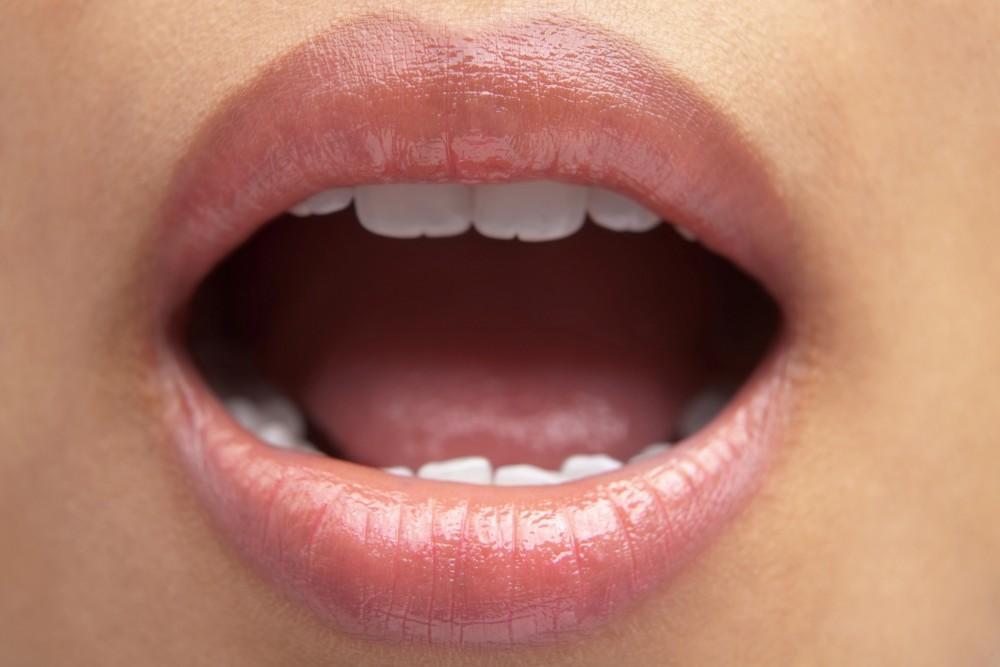
What is Restorative Dentistry?

Have you ever heard the term “restorative dentistry” and wondered exactly what it meant? Most dentists practice a combination of preventative, cosmetic, and restorative dentistry. So it is common for many patients not even to realize there are different types of dentistry.
But if you need restorative dental work, you may want to seek out a dentist with extensive experience in that area.
An Overview of Restorative Dentistry
Restorative dentistry refers to dental practices which repair damage to teeth or replace severely damaged or missing teeth. There are a few important goals of restorative dentistry.
First, we want to restore the function of teeth so that patients are able to bite, chew, and speak normally. Secondly, it is important to halt additional damage to the teeth, gums, and jaws in order to avoid tooth loss, gum disease, receding gums, and loss of bone in the jaw. Lastly, we aim to restore the look of a natural smile and improve our patient’s quality of life.
Restorative Dentistry Procedures
There are a lot of restorative dental procedures available; our list is by no means all-inclusive. But here are some of the more common treatments.
Fillings
Fillings are one of the most familiar restorative dental treatments, probably because they are by far the most common. When a tooth’s protective outer enamel wears away, it can leave the tooth susceptible to bacteria. Harmful bacteria can cause tooth decay. A small hole will form in the surface of the tooth, causing pain and infection.
To relieve pain as well as improve the strength of the tooth and prevent further decay, a dentist will clear out the infection and decay and fill the space with a composite or amalgam material. The filling material will be polished to mimic the texture and shape of the surface of a natural tooth.
Crowns
When a filling is not sufficient to treat extensive tooth decay or damage, the next step may be a crown. Any decay will be removed, and the remaining tooth may be shaved down to accommodate the crown.
The crown itself is a tooth-shaped “cap” that covers what is left of the tooth structure and is held in place by strong adhesive. It looks and feels very much like a natural tooth. A crown is protective of the remaining tooth and functions like a normal tooth.
Root Canal
A root canal may be performed in addition to a crown or filling. In the event that tooth decay reaches deep within the tooth to the soft pulp. While root canals get a reputation for being painful, they will alleviate the significant pain of an infection in the soft tissue of your tooth. Your dentist will clean out the infected pulp and fill in the space with a composite, just like a filling. Also, like a filling, this protects the tooth and strengthens it.
Bridges
If a tooth is lost from trauma, gum disease, or tooth decay, one repair option is a bridge. A bridge consists of two outer crowns fixed to the adjacent teeth, with a false tooth (or teeth) attached in between them. In effect, these false teeth “bridge” the gap between the neighboring teeth.
Implants
An alternative to a bridge is a dental implant. If you lose one or more teeth, an implant is a potential option to restore the tooth. An implant starts with a metal “root” that looks similar to a screw. This is affixed to the jawbone under the gums. Above the surface, a crown is attached to mimic a natural tooth. Implants are a breakthrough treatment in restorative dentistry as they look and function like natural teeth, are extremely durable, and preserve jaw structure.
Dentures
Dentures are a well-known tooth replacement option for when a patient loses all or most of their teeth. Dentures are available in many varieties, including traditional removable dentures and All-on-4 Implants. This innovative implant option is a combination of dental implants with permanent dentures. Benefits of choosing All-on-4 Implants include preserving bone structure and an easier time speaking and chewing.
Seeking a Dentist with a Focus on Restorative Dentistry?
If you have tooth pain, damage, or any other evidence that you may require restorative care, schedule an appointment right away. The sooner you restore your tooth, the more likely you are to prevent future damage.
You Might Also Enjoy...


Is Mouth Breathing Bad?

Can Improving Your Smile Boost Your Career?

The Do's and Don'ts of Tooth Extraction

The Oral Health – Mental Health Connection


